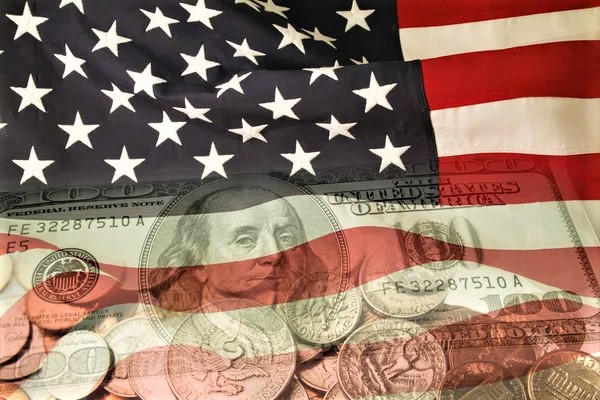Market Analytics and Technical Considerations
Key Points
The US dollar exchanged blended against the other significant monetary forms on Tuesday, while it went under some more extensive selling pressure today.
Investors may have turned cautious again ahead of Fed Chair Powell’s speech later today following the recovery in risk appetite after Chinese authorities revived hopes that the world’s second-largest economy could begin to ease COVID-related restrictions.
The market and the Federal Reserve both agree that slower rate increases may be necessary in the future, but they disagree on how interest rates will change once they reach their final level. Investors are still stubbornly pricing in nearly two quarter-point cuts by the end of 2023, despite the majority of policymakers opposing a pivot and insisting that interest rates will remain high for some time after they reach their peak.
Because of this, financial conditions have become somewhat looser, and Powell is unlikely to support the market’s assumption. He may very well have emphasized the necessity for additional tightening and keeping interest rates high for a longer period of time, as many of his colleagues have done in the wake of the inflation readings, even if this was before data suggested a slowing in October’s inflation. He noted that it is too early to start thinking about pausing.
The US dollar may strengthen in response to potentially hawkish remarks; however, it is unclear whether this will be the first step toward resuming the current uptrend. Even though some Fed members argued otherwise, market participants maintained their cut bets and kept the dollar in corrective mode.
As a result, the dollar may initially rebound, but if the financial community is still unconvinced that there will be a prolonged pause, another round of selling and an extension of the current downside correction of the greenback may be possible.
Is inflation in the Eurozone at its highest point?
Because the flash estimates of the inflation figures in the euro area are scheduled to be released today, traders in the euro and the dollar will have the opportunity to adjust their positions prior to Powell taking the stage.
The headline rate is expected to have dropped from 10.6% to 10.4%, but given that the German CPI came in lower than expected, there may be risks to the downside.
Investors rethought their bets on the ECB’s December action after the German numbers were released, now seeing a 50bps increase as slightly more likely than a 75bps increase.
They were almost certain that another 75bps increase might be necessary just a few days ago. As a result, a slower-than-expected economy today could hurt the euro because this likely reflects expectations of a peak in inflation.
However, with another inflation rate in the double digits, a core print that is well above the ECB’s goal, and a PPI rate that is unprecedented, the ECB is unlikely to give up its fight against inflation.
This is due to the fact that skyrocketing producer prices could be channeled into the prices paid by consumers in the following month, causing a further increase in inflation.
Together with Fed Chair Powell’s later-day hawkish remarks, a larger-than-expected slowdown today could result in a substantial fall in the euro/dollar.
However, a potential rebound in euro-area inflation in the upcoming months may rekindle speculation regarding the need for larger ECB hikes, so this may not be the end of the current recovery. In the event of a positive surprise, this could even take place right now.









